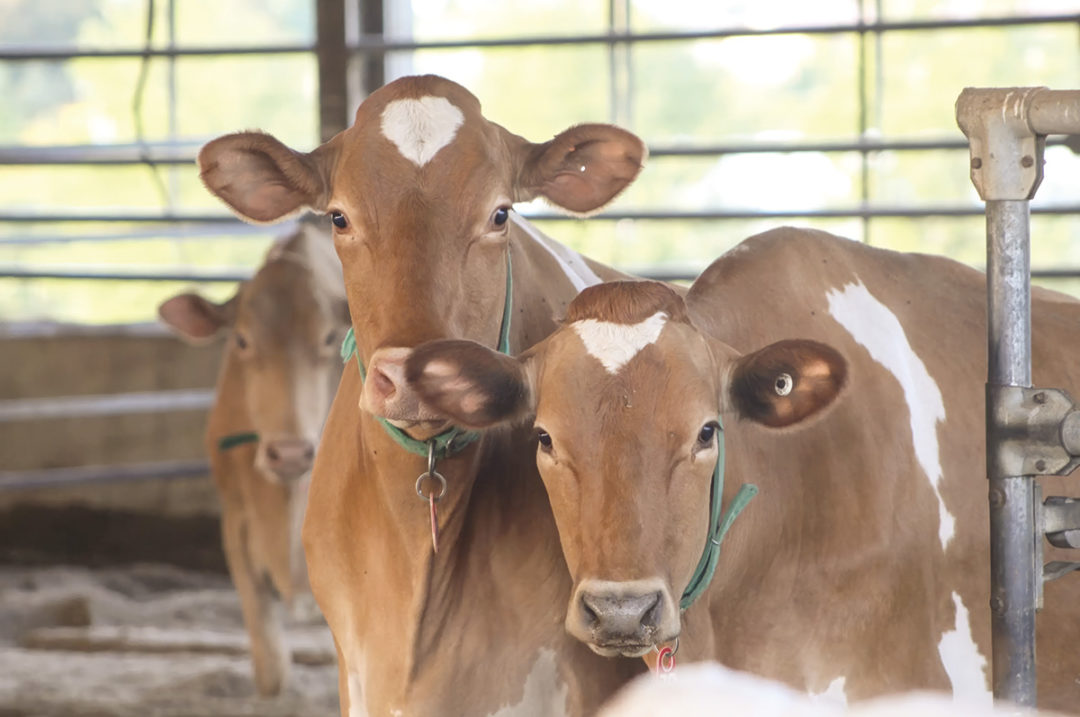The adoption of advanced reproductive technologies has enabled progressive dairy producers to maximize their genetic progress while shrinking the gap between generation intervals. Based on the latest data from the American Embryo Transfer Association (AETA), the total number of in vitro-produced embryos increased by 13% in the U.S., continuing the year-on-year growth trend. For dairy farmers, in vitro fertilization (IVF) is by far the most popular method of advanced reproduction, which accounts for 93% of all dairy embryos transferred in the U.S.
The advantages of closing the generational gap are game-changing for a dairy operation. To maintain a competitive edge, heifer donors are often enrolled in IVF programs, enabling calves to be born from that heifer before she has a calf. Before utilizing heifers in an IVF program, producers need to have their questions answered about heifer selection, maintaining breeding timelines and, of course, success rates.
Heifer selection
Every producer will have their selection parameters, depending on the goals of their operation, based upon genetics or phenotype. When selecting heifer donors, it’s important to consider the size of the heifer; she does not have to be cycling to be an eligible donor. The ability to safely palpate and collect a heifer is the most important factor and is dictated more so by size and developmental progress than age. With that being said, usually, 6- to 8-month-old heifers are large enough to go through the ovum pick-up (OPU) process, but that can vary due to differing management styles and genetics. If you have access to an OPU technician before collecting the donor, it would be proactive to ask the technician if the heifer is an appropriate size for a collection.
Breeding donors
The beauty of IVF is being able to collect a donor when she’s open or pregnant, up to about 100 days bred. With IVF, it is easy to weave in your typical A.I. timing in between OPU collections, ensuring the heifer stays on track for a productive first lactation. Breeding a heifer after she has been enrolled in an IVF program should not affect her ability to get pregnant. If a producer decides to collect a heifer donor once she is already confirmed pregnant, that is also safe and has minimal risk to the fetus.
It is possible to leverage IVF today with or without the use of follicle-stimulating hormone (FSH). Understanding possible repercussions to using hormones is important before enrolling your donors to ensure lifetime productivity. Heifers should always be dosed conservatively to avoid receiving too much FSH and causing overstimulation that could possibly result in reproductive issues throughout her lifetime.
Success rates
It is important to have realistic expectations when collecting heifers and understand that results will vary from animal to animal. It is unlikely a heifer will produce embryo rates like an adult donor cow, and that is due to reproductive immaturity. Can you still see success in IVF with heifers? Absolutely.
Oocytes, or unfertilized eggs, are collected during the OPU. Based on industry average, 20 oocytes per donor with a 20% to 30% embryo development rate (four to six embryos) is considered normal for one OPU collection. Sometimes with heifers we see a much higher oocyte number but a lower embryo development rate. This is likely due to the heifer not yet cycling but having ovaries that are equipped with all the oocytes she will ever need throughout her lifetime. A heifer’s performance in an IVF system should not be used as a benchmark for how she will perform in IVF as a mature cow.
It is common to see familial trends in embryo production, so considering how the heifer's mother performed in IVF can be an indicator of how the heifer will produce as a mature cow. A donor’s performance in an embryo system usually becomes consistent once she is fully matured and should be considered when selecting your donors.
Enrolling heifers in an IVF program is extremely advantageous for genetic advancement in any operation. Even small numbers of viable pregnancies from a prepubertal heifer can give a producer the competitive genetic edge that every dairy farmer is aiming to achieve. With the genetic competition remaining strong and the pressure for the next generation to outperform the last, the time to multiply your best genetics even faster is now.






